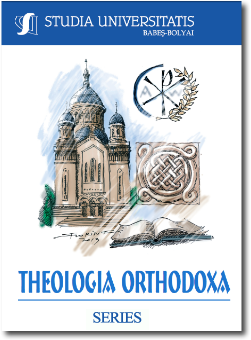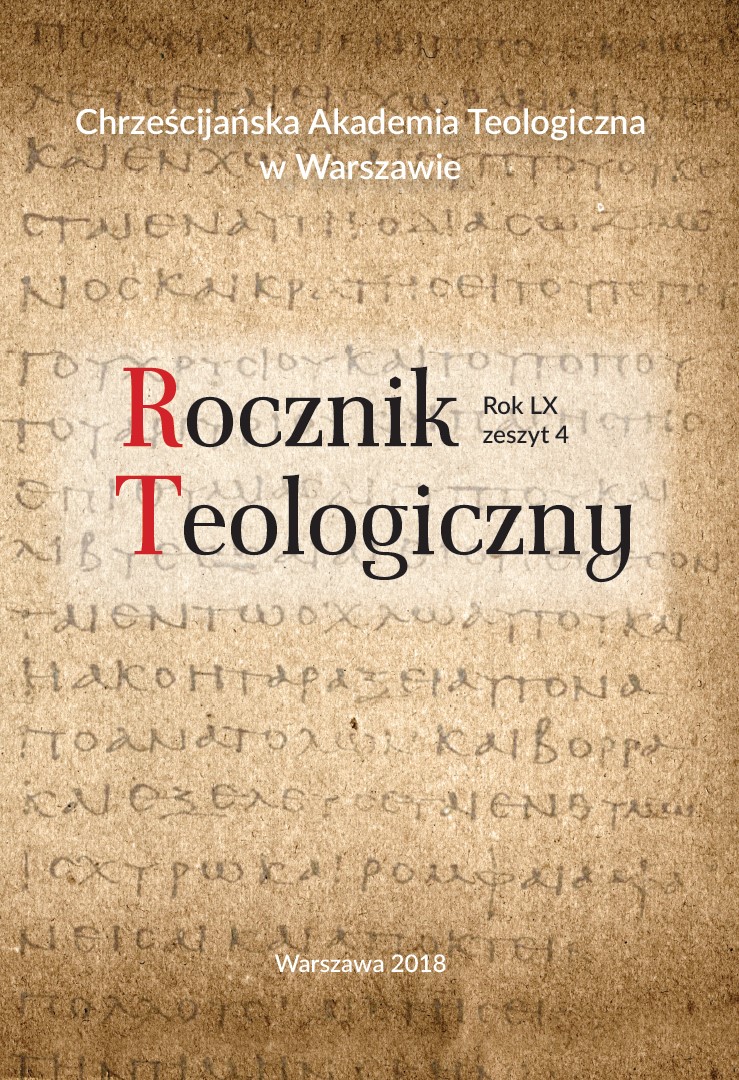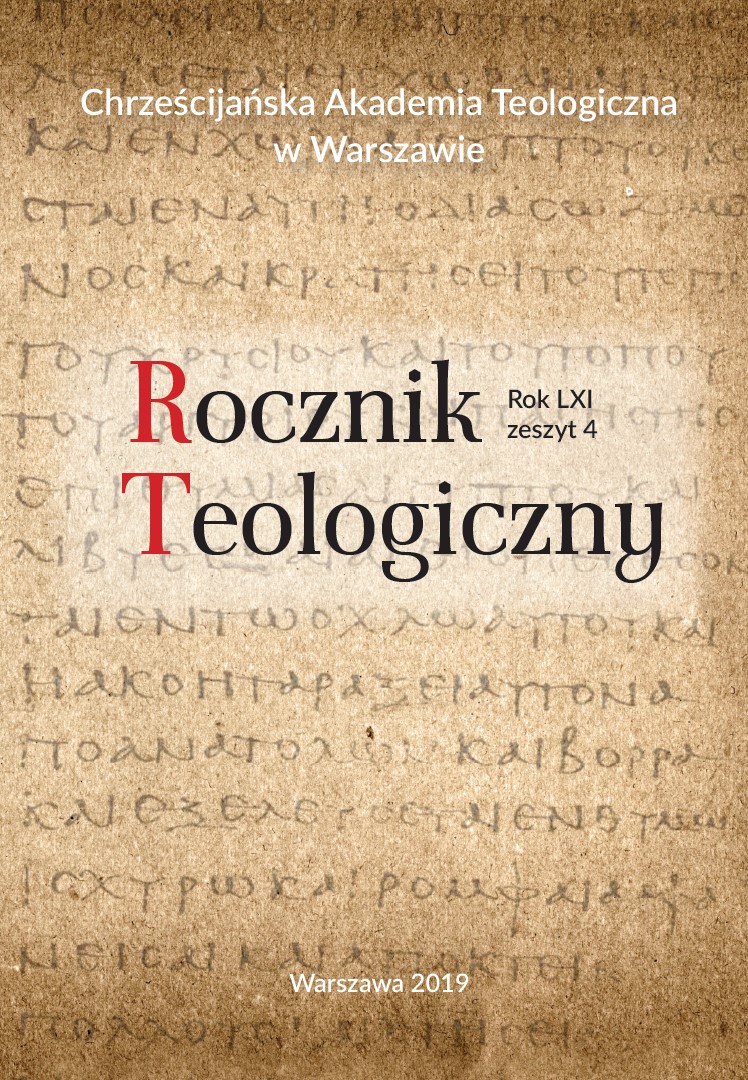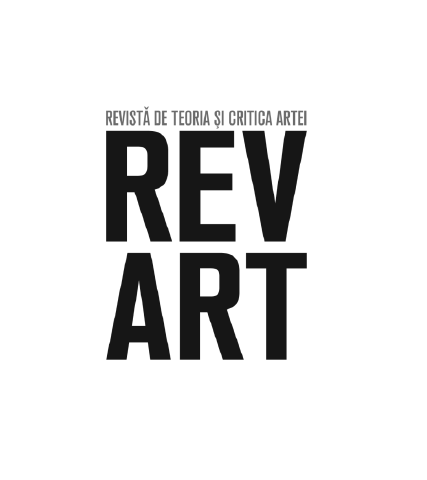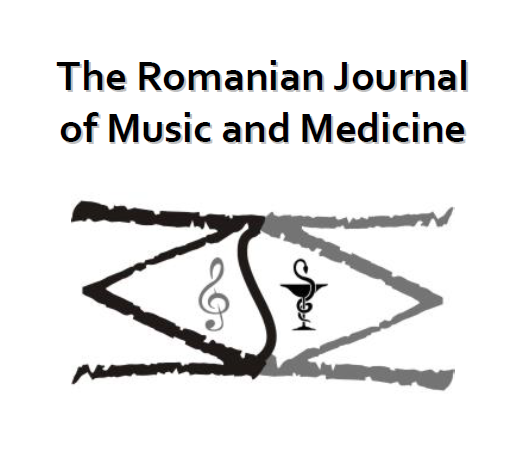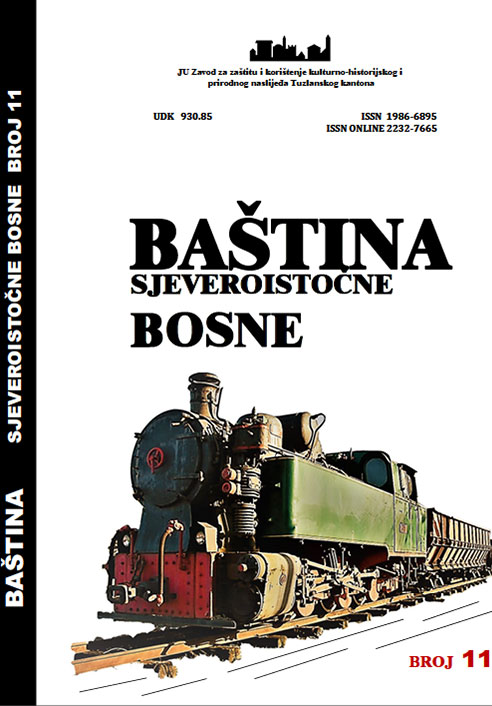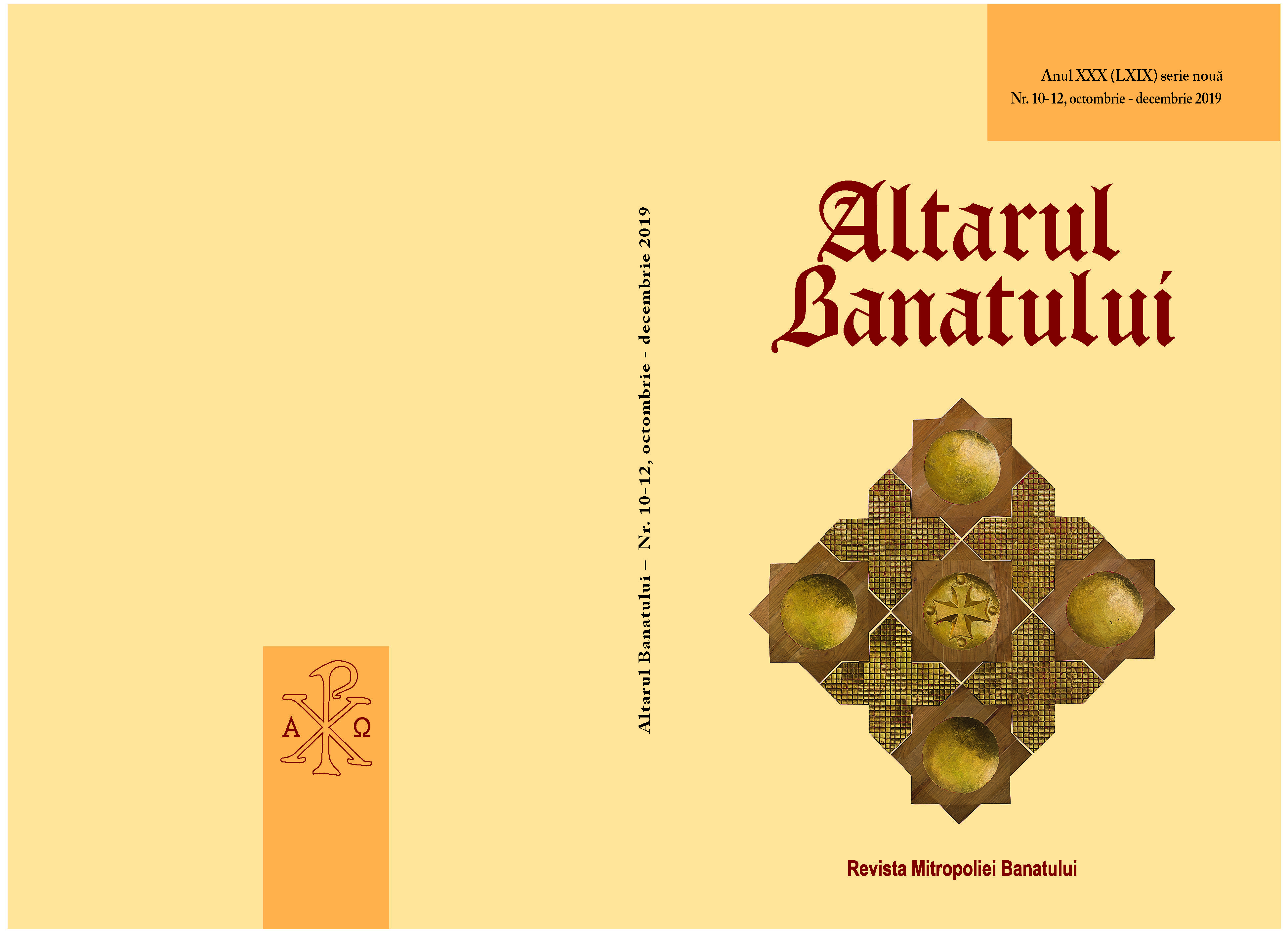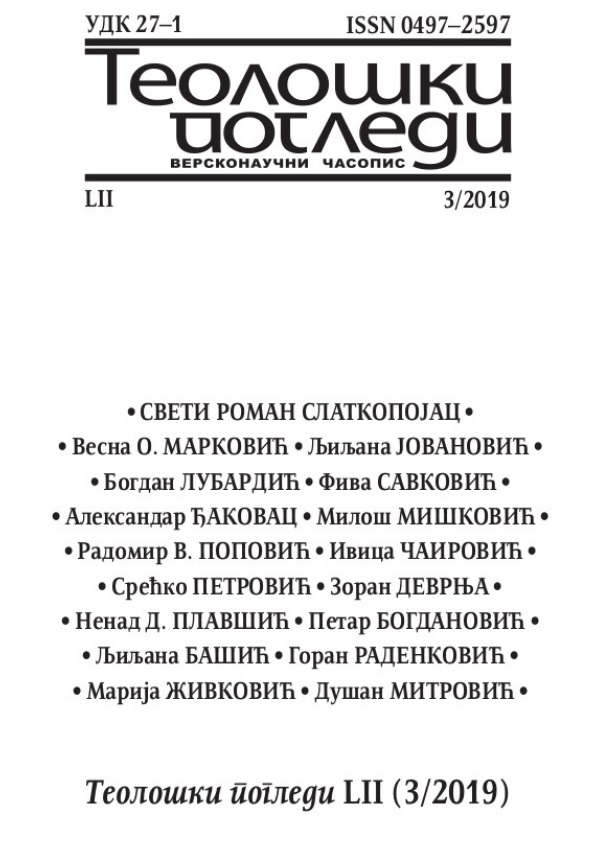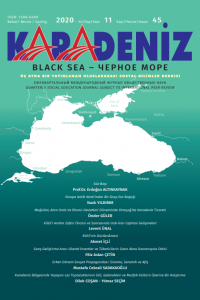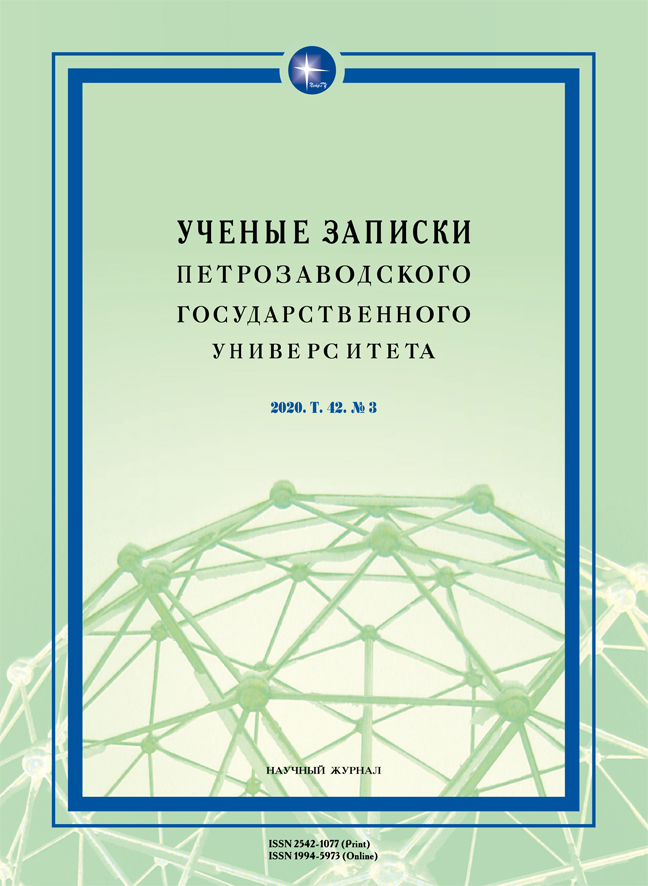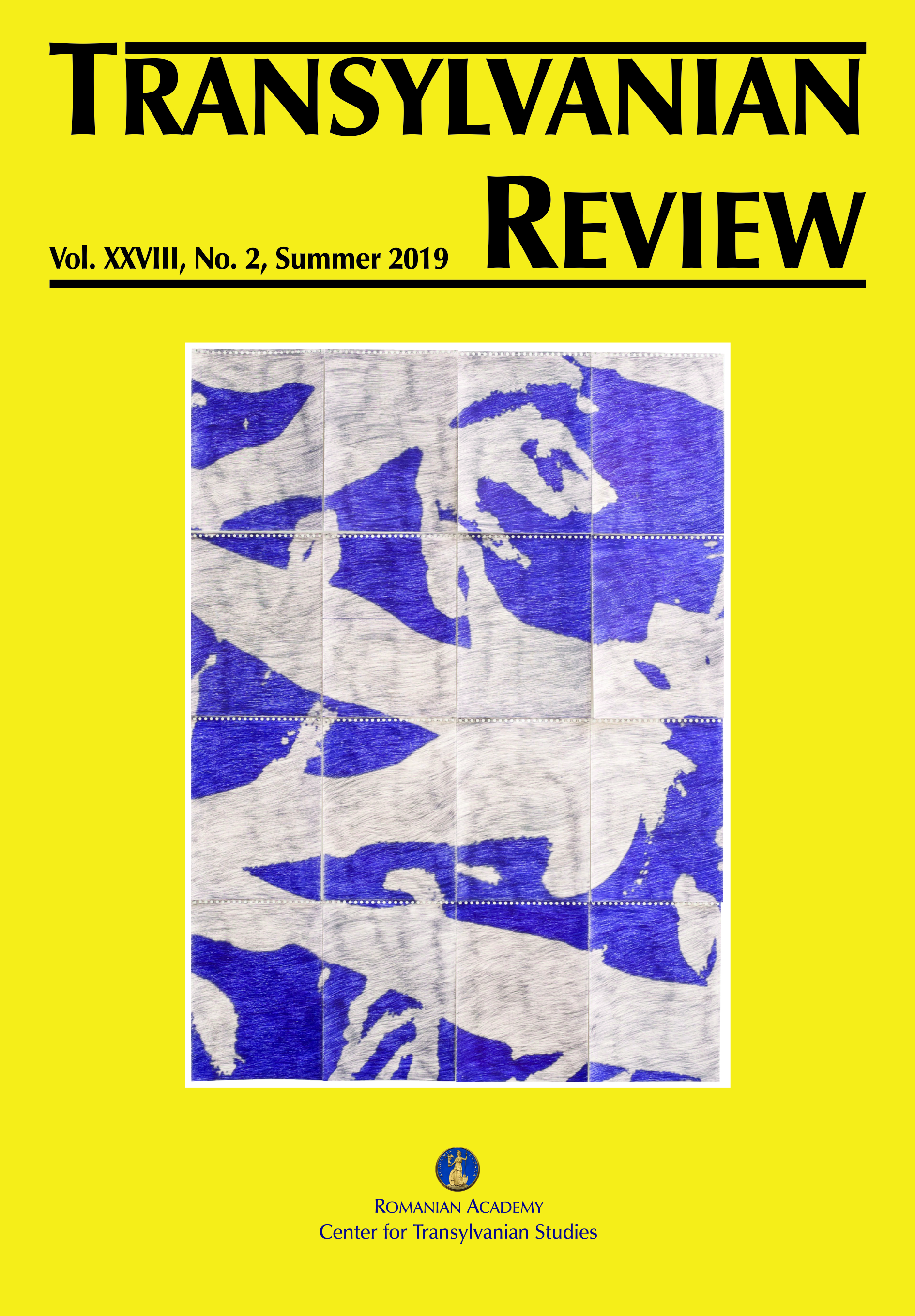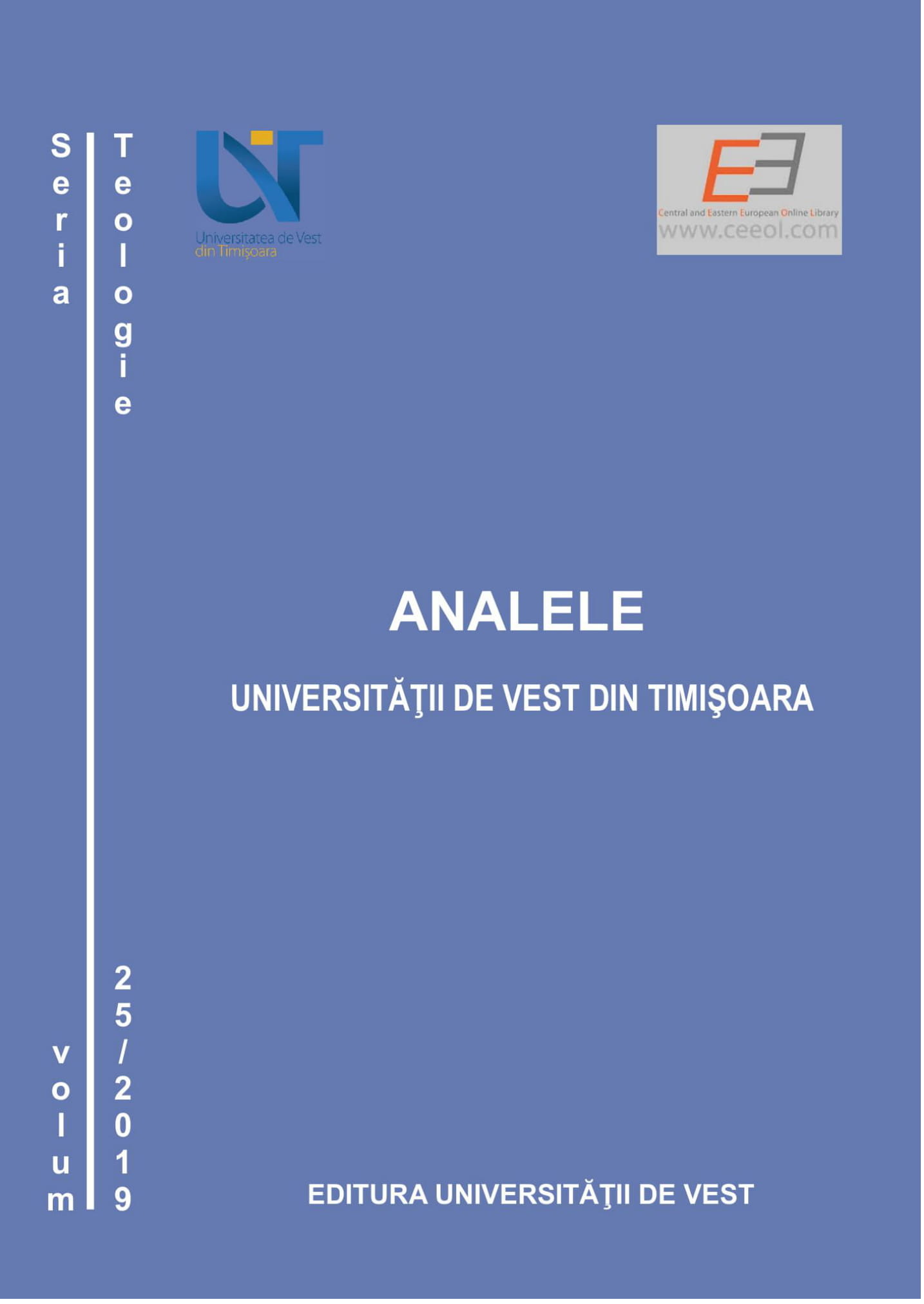
De la Piatra cea din capul unghiului (Psalmul 117, 22; Matei 21, 42; Efeseni 2, 20; I Petru 2, 4) la pietricica albă (Apocalipsa 2, 17) - o incursiune în ideatica dogmatică și simbolică a dumnezeieștilor Scripturi
The white little stone hides the precious sign of the love of God and the new name inscribed on it points to the name of the victor. The declaration reveals a special relation to God, a mystery between the „stone keeper” and God. The victors should not be regarded as a particular cast only - the Christ’s victors - for each one of them will enjoy God’s recognition in person, a grace shared with no one but the Emperor. There is a particular friendship consuming between Christ the Lord and the victorious ones. We dare say they are marked with a token of identification - the antitypical white stone - in the holy world of God of nowadays.
More...
